The Mysterious Origins
From the misty corridors of history, tarot has emerged as a profound tool for divination and self-discovery. The origins of tarot are as mystical as the images depicted on the cards themselves. While some theories suggest tarot began with the ancient Egyptians, historical evidence traces the first decks to 15th-century Italy. Originally called 'tarocchi', these cards were used for a game named 'Tarocchini' and bore no relation to the occult until centuries later. During the Renaissance, the decks were adorned with allegorical illustrations, hinting at deeper philosophical, social, and spiritual symbolism that captivated the noble class of the time.
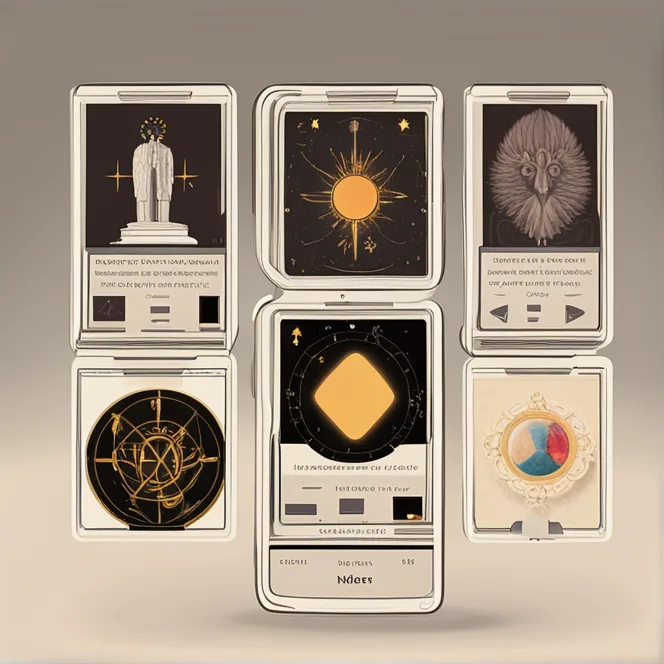
Transition to Mysticism
The transformation of tarot from game to mystical guide is accredited to the 18th century when it began to be used for divination. Scholars like Antoine Court de Gébelin proposed that tarot cards held secret, ancient knowledge. It was during this period that tarot began its association with the mysterious Egyptian lore and the Hebrew Kabbalah, weaving a deep tapestry of symbolic meaning into each card. Associations with astrology and elements began to form, creating a comprehensive system of personification for the cards that mirrored the complexities of human life and the cosmos itself.
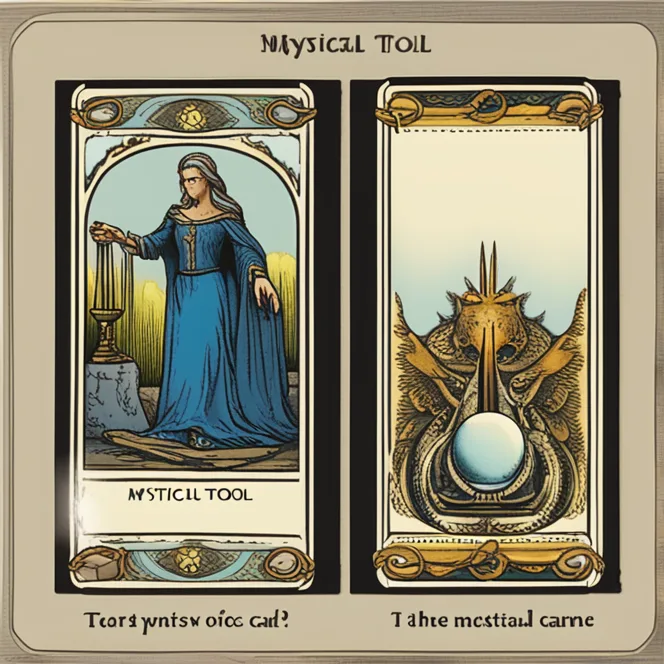
Golden Age of Tarot
The 19th and 20th centuries marked the golden age of tarot, with the creation of iconic decks that established the foundation for modern readings. The Rider-Waite-Smith deck, created in 1909, brought a new visual language to tarot that emphasized narrative and symbolic imagery—an essential guide for practitioners interpreting the cards. Aleister Crowley's Thoth deck, rich with esoteric symbols from various traditions, also made an indelible impact. Both decks combined artistic representation with metaphysical elements, effectively shifting tarot's reputation from parlour entertainment to a tool for esoteric exploration.
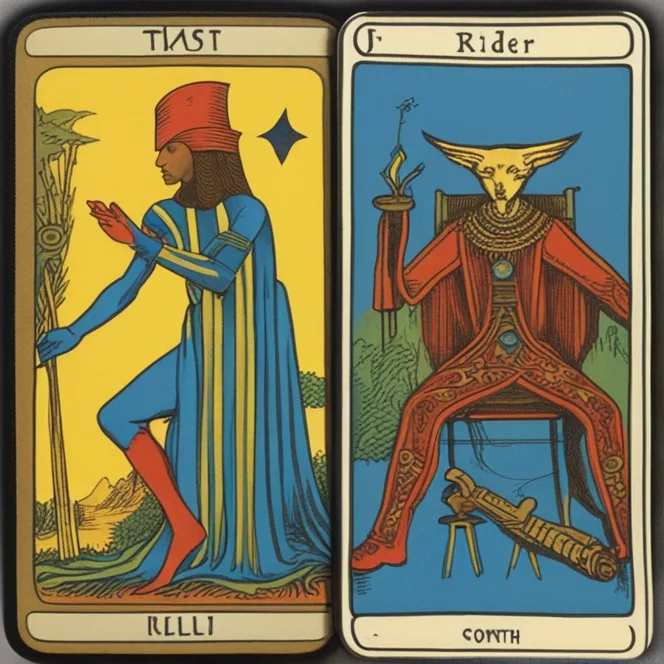
Contemporary Tarot Perspectives
In the 21st century and beyond, tarot has transcended its mystical roots and is embraced by a broader audience. Contemporary decks reflect a diverse range of artistic styles, philosophies, and interpretations, making tarot more accessible and personalized. Whether used for daily inspiration, personal growth, or spiritual connectivity, tarot remains a mirror to the soul, offering insights that are equally valuable in 2024 and the years to follow. In a rapidly evolving world, practitioners continue to turn to tarot for guidance on life’s path, harnessing its wisdom to interpret the signs and symbols relevant to current and future challenges.
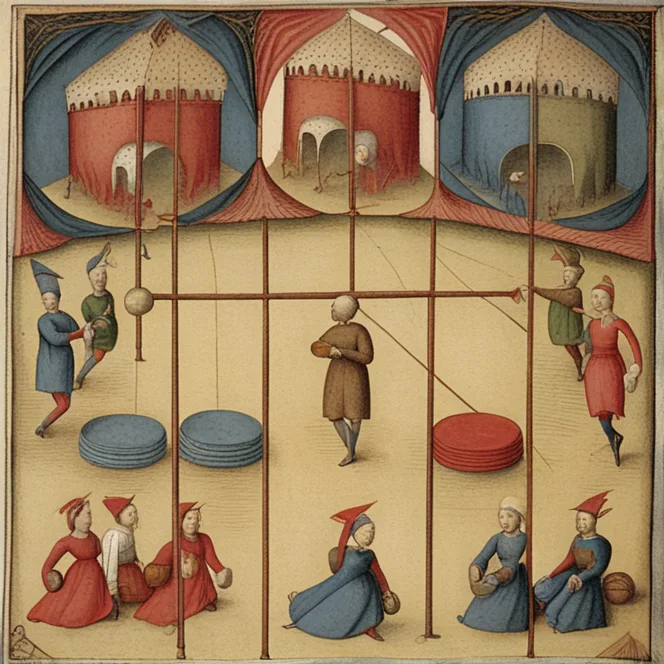
Looking Ahead: Tarot in the Digital Age
With the advent of digital technology, tarot has found a new home online, where virtual readings and astrology forecasts merge seamlessly. The historical layers of the cards unfold on screens, accessing a wider populace eager to explore the realms of spiritual self-discovery. As we look within and towards the stars for guidance, the archetypes and stories depicted in tarot will likely evolve alongside our digital existence. More than ever, the history of tarot teaches us that regardless of medium, the desire to understand our place in the world endures. It suggests that in 2024 and beyond, tarot's historical significance will continue to adapt and resonate.
Published: 12/15/2023
Modified: 12/15/2023
More predictions
Come back here soon to learn more about yourself and your future

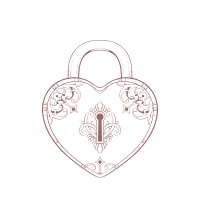
The Essence of the Eight of Cups
Discover the meaning behind the Eight of Cups tarot card and its impact on personal journeys and emotional well-being.
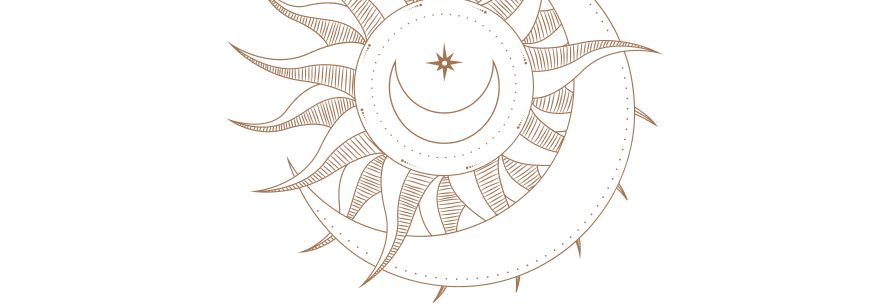
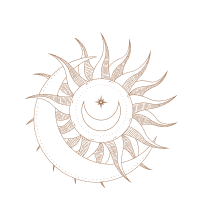
The Tarot's Eight of Cups: Insights
Delve into the mysteries of the Tarot's Eight of Cups and discover what this profound card signifies in the realms of personal growth and emotional journeys.
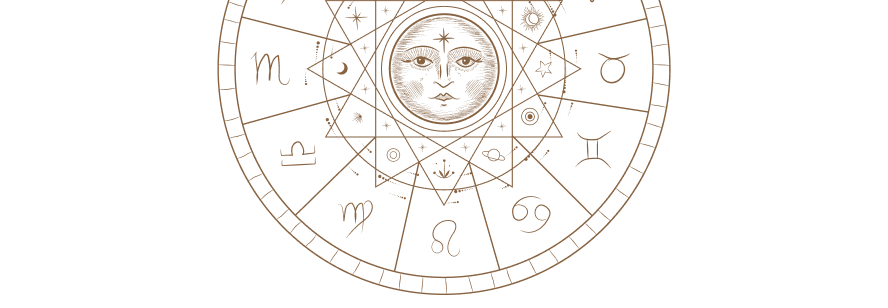
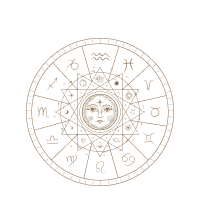
The Essence Of Tarot's Eight of Cups
Dive into the meaning of the Eight of Cups tarot card, interpreting its guidance for personal growth and destiny choices.